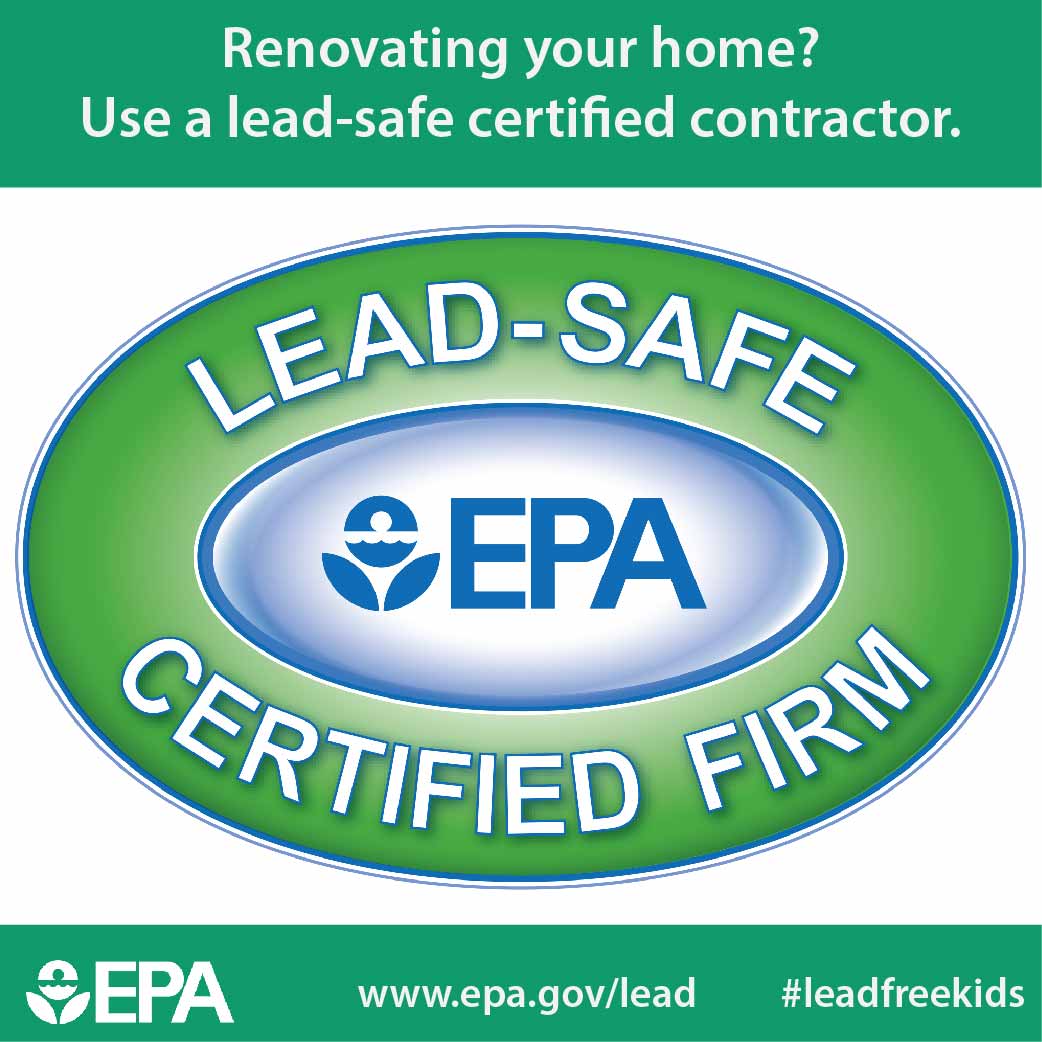Recognize The Value Of Low-VOC Paints For Promoting Much Healthier Living Atmospheres, However Are The Potential Disadvantages Justified By The Benefits? Reveal The Reality Within
Recognize The Value Of Low-VOC Paints For Promoting Much Healthier Living Atmospheres, However Are The Potential Disadvantages Justified By The Benefits? Reveal The Reality Within
Blog Article
Short Article Created By-Husum McCann
When you think about repainting your home, you might neglect the value of the paint's structure. Low-VOC paints are developed to minimize indoor air pollutants, making them a smarter choice for your family's wellness and the atmosphere. While they come with particular drawbacks, like longer drying times, they also provide modern-day visual appeals and enhanced performance. You may wonder if the advantages genuinely surpass the drawbacks, particularly when you're going for a stylish finish. Recognizing the full scope of low-VOC choices could transform your perspective on your next paint project.
Comprehending Low-VOC Paints
When you choose low-VOC paints, you're going with a product that releases less unpredictable natural compounds, which can be unsafe to both your health and the setting.
VOCs are chemicals located in numerous paint items that can evaporate into the air and contribute to indoor air contamination. By selecting low-VOC options, you're minimizing the variety of these emissions, making your space much safer.
Low-VOC paints typically have 50 grams per litre or less VOCs, contrasted to conventional paints that can include up to 250 grams per liter. This indicates that when you repaint your home with low-VOC products, you're not simply deciding for visual appeals; you're also taking an action in the direction of a healthier indoor environment.
These paints can be found in a range of finishes and colors, so you will not need to endanger on style. They're suitable for both interior and exterior projects, offering longevity and protection like their traditional counterparts.
Plus, lots of makers are currently concentrating on developing low-VOC formulations without compromising efficiency. Understanding low-VOC paints empowers you to make informed options for your home and health while contributing to ecological conservation.
Conveniences of Low-VOC Options
Why select low-VOC options for your painting projects? To begin with, they're far better for your health. Low-VOC paints give off fewer volatile natural substances, which implies you lower your direct exposure to harmful chemicals. This is specifically crucial if you're repainting inside your home or have children and pets at home.
You'll additionally appreciate the ecological advantages. These paints contribute much less to air contamination, making them a greener option. By going with low-VOC options, you're sustaining sustainable methods and assisting to create a healthier earth.
One more perk is the boosted interior air top quality. Low-VOC paints assist keep fresher air in your home, which can result in an extra comfy living area.
Plus, lots of low-VOC paints are just as durable and resilient as standard options, so you will not give up high quality for safety and security.
Ultimately, you'll find a variety of colors and finishes available in low-VOC solutions, so you can still achieve the appearance you desire without endangering on your health or the atmosphere.
Selecting low-VOC paints is a wise, liable decision for your paint projects.
Possible Drawbacks to Consider
While low-VOC paints supply various advantages, there are some prospective drawbacks to remember. One significant issue is their efficiency compared to typical paints. Low-VOC alternatives may not constantly supply the very same level of resilience and coverage, which can result in more frequent touch-ups or a requirement for extra layers. This can be aggravating and time-consuming throughout your paint job.
Another concern is the drying out time. Low-VOC paints typically take longer to completely dry than their high-VOC equivalents, which can extend your project timeline. If you're on a tight schedule, this might be a downside to take into consideration.
You need to likewise be aware that low-VOC paints can often have a different finish or appearance. If https://www.homesandgardens.com/news/colour-trends-210270 going for a certain visual, make sure to examine samples to ensure the outcome meets your assumptions.
Lastly, while low-VOC paints are typically more secure, they can still release some fumes. Proper ventilation is important during and after application, so be prepared to air out your space effectively.
https://home-painters-near-me65432.humor-blog.com/32260022/prepare-to-transform-your-home-with-the-power-of-color-discover-exactly-how-trending-tones-can-redefine-your-area-in-unexpected-ways
In conclusion, low-VOC paints are a wise option for any person wanting to produce a much healthier home atmosphere. They reduce indoor air contamination and are much safer for your family, particularly if you have youngsters or pets. While you might deal with even more frequent touch-ups and longer drying times, the benefits far surpass these drawbacks. With elegant alternatives available, switching to low-VOC paints is a step toward sustainable living that you won't be sorry for.
